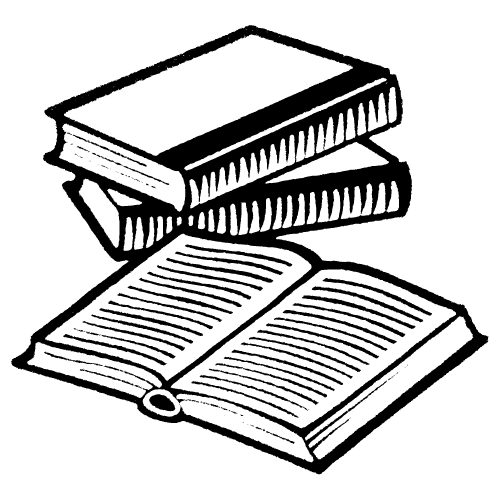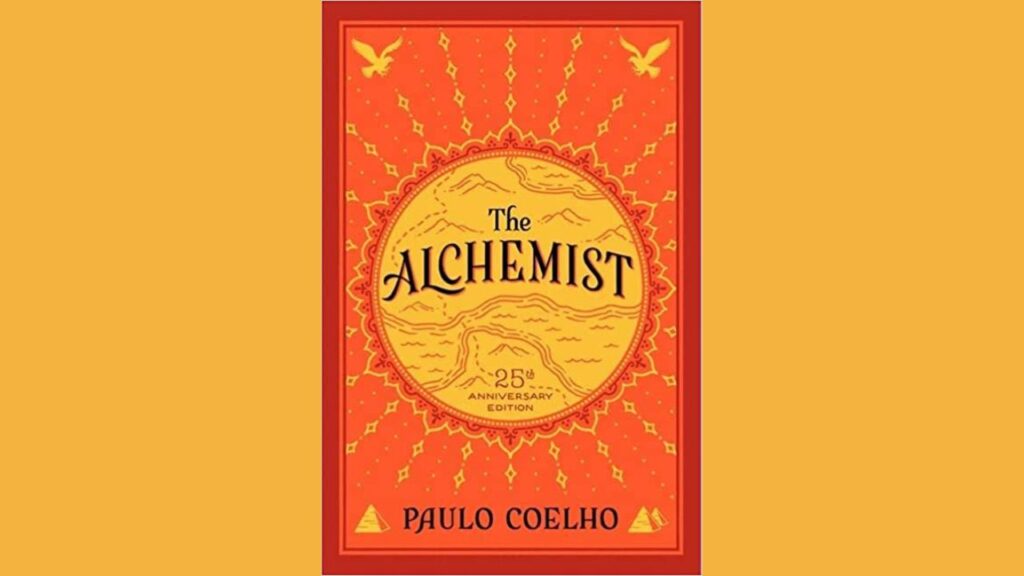
Book Notes – Moby-Dick by Herman Melville
Introduction:
Herman Melville’s Moby-Dick is a literary masterpiece that delves into the depths of human obsession, the nature of evil, and the epic struggle between man and nature. Published in 1851, the novel explores the harrowing tale of Captain Ahab and his relentless pursuit of the great white whale, Moby Dick. This set of student notes provides a comprehensive overview of the key elements, themes, and characters in the novel, along with analysis and discussion points for further exploration and understanding.
Setting:
- The Pequod: The whaling ship commanded by Captain Ahab, serving as the primary setting for the majority of the story.
- The Ocean: The vast and treacherous expanse that symbolizes the power of nature and the unknown.
Characters:
- Captain Ahab: The obsessed and vengeful captain who seeks to kill the elusive white whale, Moby Dick.
- Ishmael: The narrator of the story, a young sailor who joins the crew of the Pequod and provides insight into the events.
- Queequeg: A harpooner and Ishmael’s close friend, representing a bridge between cultures and a unique perspective on humanity.
- Starbuck: The first mate of the Pequod, who questions Ahab’s obsessive pursuit and represents reason and moral conscience.
- Moby Dick: The legendary white whale who becomes the central focus of Ahab’s relentless quest.
Plot Summary:
- Introduction to Ishmael and his decision to embark on a whaling voyage.
- The gathering of the crew, including the introduction of Ahab and his obsession with Moby Dick.
- The pursuit of the whale, encounters with other whaling ships, and the development of various subplots.
- The climactic final confrontation between Ahab and Moby Dick.
- Themes: Obsession and Revenge, Nature and the Supernatural, Humanity and Identity, Good and Evil, the Power of Language.
Key Themes and Symbols:
- Obsession and Revenge: Ahab’s all-consuming obsession with Moby Dick drives the narrative, exploring the destructive power of vengeance.
- Nature and the Supernatural: The immense power and unknowable nature of the ocean and the representation of Moby Dick as a force beyond human comprehension.
- Humanity and Identity: The diverse crew of the Pequod represents different facets of humanity, showcasing the complexities of individual identity and cultural diversity.
- Good and Evil: The novel grapples with the ambiguity of morality, as characters’ actions and motivations blur the lines between good and evil.
- The Power of Language: Melville’s rich and poetic language adds depth and symbolism to the narrative, exploring the limitations and power of words.
Analysis and Discussion Points:
- Analyze the character of Captain Ahab and his transformation from a respected leader to a symbol of destructive obsession.
- Explore the significance of Moby Dick as a symbol and its representation of nature, fate, and the sublime.
- Discuss the role of Ishmael as a narrator and his exploration of identity, cultural diversity, and the human condition.
- Examine the portrayal of the whaling industry and its impact on nature and human morality.
- Discuss the themes of fate, free will, and the inevitability of one’s destiny in the novel.
- Explore the deeper meanings behind Melville’s use of religious and biblical allusions throughout the story.
Conclusion:
Moby-Dick is a profound and complex novel that explores themes of obsession, the human condition, and the unyielding power of nature. Herman Melville’s rich prose and allegorical storytelling invite readers to contemplate the depths of human existence and the pursuit of elusive truths. By engaging with the student notes provided, readers can gain a deeper understanding of the novel’s themes, characters, and symbolic elements, fostering critical thinking and encouraging thoughtful discussions about the complexities of human nature and the power of the natural world.
Check the Moby-Dick’s full book summary here





